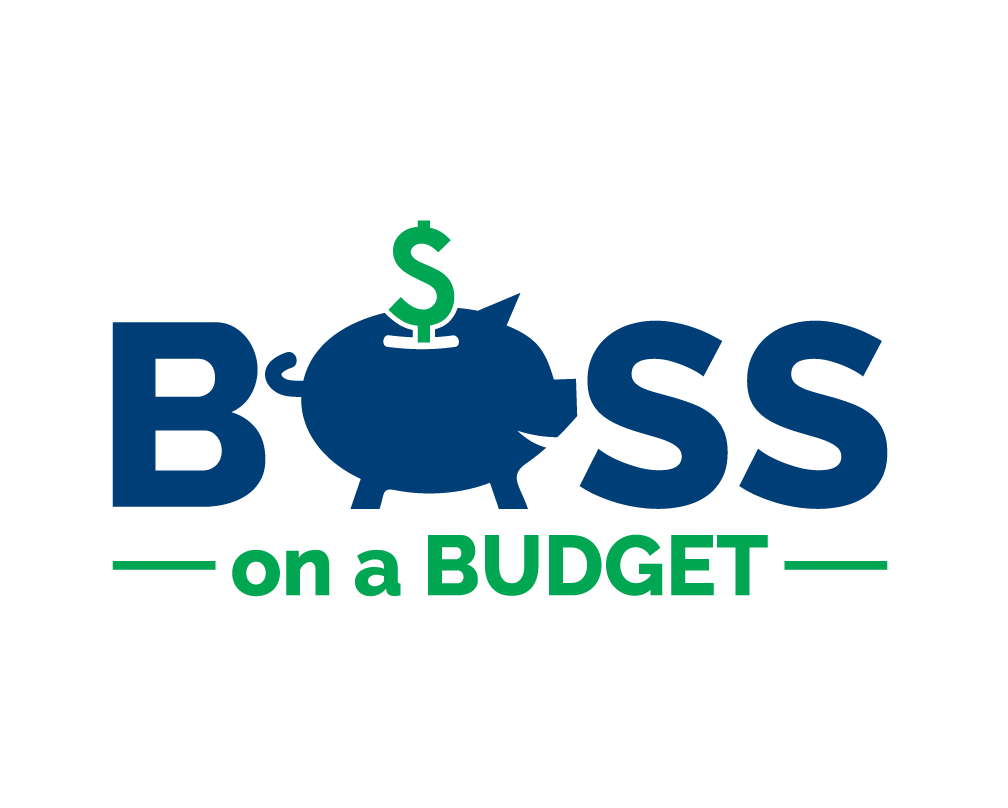Blogging for Your Nonprofit + 50 ideas for blog posts you can write today!
When you’re starting your nonprofit, there are some non-negotiables. You have to have a clear vision and mission. You must have an active and supportive Board of Directors. You better be ready to start aggressively fundraising. You must have a blog. Yes, you must have a blog. I’m not talking about random blog posts with mundane updates about your programs. I’m talking about a consistent blogging schedule where you’re regularly sharing relevant and timely information, and creating a dialogue around the issues that your organization cares about the most.
Simply put, a blog is a tool that is relatively inexpensive where you can create content to be read, shared, and referenced everywhere. It’s a vital tool to connect to your audience when a “Donate Now" or regular appeal for support doesn’t work. Blogs can be used to share new knowledge, provide a behind the scenes look at your organization, or show a more human side to your organization. There are a few reasons you should seriously consider building a blog into your website:
It provides unlimited content
How many different ways can you spin a blog post? One blog post can spawn multiple ideas for additional content to add to your website. Experts say that you must constantly push out content to engage your followers-it’s an ongoing battle. Content is any information that you want to communicate to your consumer. It can be an image, words, a video, or other graphic. Social media is the typical method of choice for connecting with your supporters in real time. As powerful as social media is, it’s also a time suck. You may find yourself struggling with what to post on a daily basis. Blog posts can give you endless options to produce content that can be reused in many different forms. By producing new content, you are encouraging your community to stay updated and learn more about the topics you organization is interested in. Also, search engines favor websites that are regularly updated. If you are looking for a reason to make changes to your website, a blog post is a perfect excuse to add content to connect more with your audience. Let's pretend you work for a local homeless shelter. Your organization publishes a blog post about your organization’s opposition to a new local law banning community members from providing food for the homeless. In your blog post, you identified 5 myths the community may not know about the homeless to bring awareness to the issue. From that post, you can:
Tweet each myth every day the week you publish your blog post with a link to the blog post page
Create custom graphics detailing each myth to post on Instagram
Create a Facebook Live video interviewing a person who has experienced homelessness to get their personal story
Develop a script for people to download to use when calling their local councilperson about the law
It drives traffic to your website
Updated website content convinces your supporters that you’re a legit business, that you have valuable information to share and that you’re worth a look and better yet, a click. Your website is your home base where you can take the time to clearly lay out the point of your existence and make the case for people to support you. Regular blog posts about different topics related to your mission give people more reasons to find you. The likelihood that someone will search for your program name or services is small, but they are more likely to find you if you’re sharing interesting information about a topic they care about. Writing a blog post on the myths of homelessness (example used above) may attract people to your site who otherwise would have never heard of your organization. Not to mention, regularly updating your blog signals to search engines that you’re a credible site and boosts your ranking in search engines. Rather than being buried on page 4 of search results, your organization can be listed on page 1 and have a much higher visibility.
It proves you’re human
Technology is a tool that connects people across color, language, religious, and geographic lines. With a swipe on your phone or click on your computer, you can engage with almost anyone across the globe. If used effectively, it is a tool that helps share the power of human connection. If not used effectively, it can be cold and sterile. Rather than having a standard boilerplate website, your blog can liven up the copy on your site and encourage your audience to want more and to keep coming back. Use your blog to put a human face on the work you do. Don’t be afraid to involve your clients, staff, and Board in the posts you write. Use engaging photos and videos so that your audience can actually see your organization’s impact. People are moved to support when they emotionally connect to the “why” of your organization. Your blog gives you unlimited potential to make that connection.
You become the expert
Your first interaction with a potential supporter will almost never get you the end result you’re looking for, but multiple interactions will. If a person returns to your site, that means you’ve struck a cord. When they see that you’re providing useful information, you get instant credibility. When you produce consistent information, you build trust. Your audience needs to trust that you have the expertise to carry out the mission of your organization. If you are able to provide details about the work you do or provide insights that a person can’t get elsewhere, that person will see you as an asset, and purposely seek you out. You can do that by communicating your knowledge, showing off your success through your data and outcomes, sharing client stories, and sharing your program activities.
As you begin the uphill battle to message your mission, it will be difficult to get people to take notice. Building trust with your potential supporters is key to getting them to care about your cause enough to support you. I challenge you as a new nonprofit to create a blog that’s engaging and helps build a following that cares about the issues that resonate with your community. If you haven't started a blog yet, DO IT! To make it easy for you, below are 50 blog topic ideas that you can begin using today:
50 Nonprofit Blog Content Ideas:
Write a movie or book review on a topic related to your mission or programs
Interview a client and detail their personal story
Interview a staff member about their typical work day or why they chose to work in their field
Write about an upcoming event. Interview someone working on the event staff or a corporate sponsor
Write about any new partnerships you’ve developed with fellow nonprofits, business, or funders
Highlight an individual donor to speak about their reason for supporting the organization
Comment on a trend or recent event in your industry
Highlight a new data report released in your topic of interest
Detail a new milestone or outcome the organization reached
Lay out your strategic goals for the year
Provide tips/best practices to best serve your client population
Develop an instructional post for your clients on how to complete a task related to your programs
Compile a list of FAQs that you typically get about your organization
Tell the story of how your nonprofit got started
Write about a policy, legislation or movement that may impact your client or organization’s services
Have an expert in your field write a guest blog post
Provide a year-end financial report and thank you to donors
Provide news about new grant funding
Provide a recap of attendance at a recent conference or meeting
Compile a “best of” list of top research, experts, or articles in your field
Provide a list of books you’re currently reading
Compile a resource list of programs, activities, or services that may be of interest to your clients
Suggest a list of volunteer activities related to your mission or services
Compare different program models and explain why you use one over the other
Write about a challenge your organization faced and how you overcame it
Common myths about your organization
Chronicle a long term project through a series of blog posts
Compile a list of things no one knows about your organization
Develop a glossary of terms in your field
Write the history of how your organization got its name
Do a roundup of events or stories that caught your attention for the week
Detail the “why” of your organization, providing information about the needs of your target population
Write a client success story
Provide a summary of your organization’s year
Acknowledge or highlight persons/organizations doing great work in your field
Share a volunteer’s experience
Explain your organization’s values and how it reinforces your work
Highlight your company’s board of directors/interview a Board member
Provide a list of ways your audience can financially support the organization (e.g. explain how certain dollar amounts will help the clients)
Provide a list of ways your audience can support the organization other than donating money
Write about how the current season affects your client population and/or your organization
Write about an upcoming holiday and its impact on your client population and/or your organization
Write about an awareness month (e.g domestic violence awareness month) and the associated activities your organization is participating in
Post an intriguing question on a social media page and compile the answers into one post
Collaborate with other nonprofit blogs on a specific topic
Share a list of blogs or social media accounts you follow and why
Share how technology is transforming your field
List common myths about your client population
Highlight the organization’s leadership team
Survey your staff and share the top 10 staff recommendations on a particular topic
A Word About Titles and Headlines
As if creating a blog post with read-worthy content isn’t hard enough! Don’t forget to spend just as much effort on crafting your blog titles and headlines. Be intentional about framing the information so that it will grab the attention of those who visit your site. Use engaging and disruptive titles that prompt your audience to read more. Remember, this is not a research paper. You are trying to entice a reader who may or may not be interested in reading more. In a short phrase, explain the topic, using top keywords, and explain the added value of the post. Your title should make the reader curious, excited, and eager to learn more. Need more ideas to make your new nonprofit more visible? Purchase my nonprofit visibility masterclass replay which includes a comprehensive social media plan.



